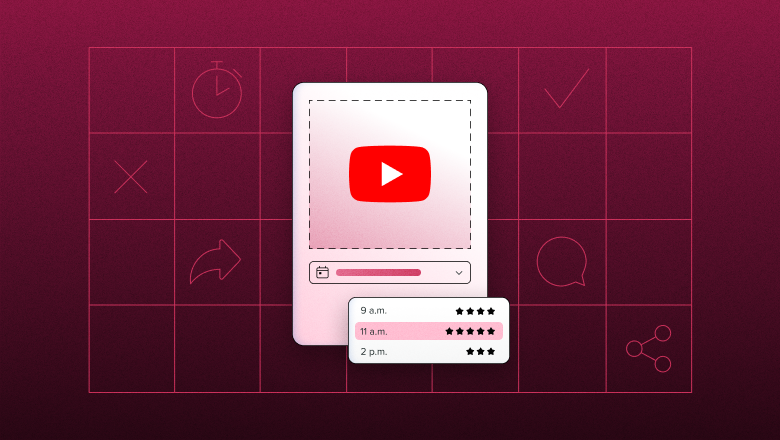THE BOOK OF FLACO
Flaco, a Eurasian eagle-owl, escaped from the Central Park Zoo in February 2023 after someone cut open his enclosure. He lived free in and around Central Park—with forays to other parts of the city—eating rats, pigeons, and other small game that he caught. The zoo tried to recapture him but ceased its efforts after public opinion began to swing in favor of letting the bird remain free. During his year of freedom, Flaco became a sort of avian celebrity, fascinating people in the city and beyond; many followed his adventures online, thanks to bird-watchers who spent their nights tracking him. Those bird-watchers are the primary sources for Gessner, an author and journalist who never actually saw Flaco in the flesh. The responses of the birding community are as much the focus of the book as Flaco himself. Two factions emerged: One wanted to spread news of Flaco as widely as possible, and the other looked to shield the bird from public scrutiny. Gessner gives both sides a sympathetic portrayal, along with those whose interest in birds was much more casual until Flaco appeared. Drawing on his own experience of observing ospreys in the wild while researching an earlier book, the author also puts Flaco’s story in the wider context of the ecological movement and looks at whether we can justly make parallels between humans and wild animals.


Flaco, a Eurasian eagle-owl, escaped from the Central Park Zoo in February 2023 after someone cut open his enclosure. He lived free in and around Central Park—with forays to other parts of the city—eating rats, pigeons, and other small game that he caught. The zoo tried to recapture him but ceased its efforts after public opinion began to swing in favor of letting the bird remain free. During his year of freedom, Flaco became a sort of avian celebrity, fascinating people in the city and beyond; many followed his adventures online, thanks to bird-watchers who spent their nights tracking him. Those bird-watchers are the primary sources for Gessner, an author and journalist who never actually saw Flaco in the flesh. The responses of the birding community are as much the focus of the book as Flaco himself. Two factions emerged: One wanted to spread news of Flaco as widely as possible, and the other looked to shield the bird from public scrutiny. Gessner gives both sides a sympathetic portrayal, along with those whose interest in birds was much more casual until Flaco appeared. Drawing on his own experience of observing ospreys in the wild while researching an earlier book, the author also puts Flaco’s story in the wider context of the ecological movement and looks at whether we can justly make parallels between humans and wild animals.










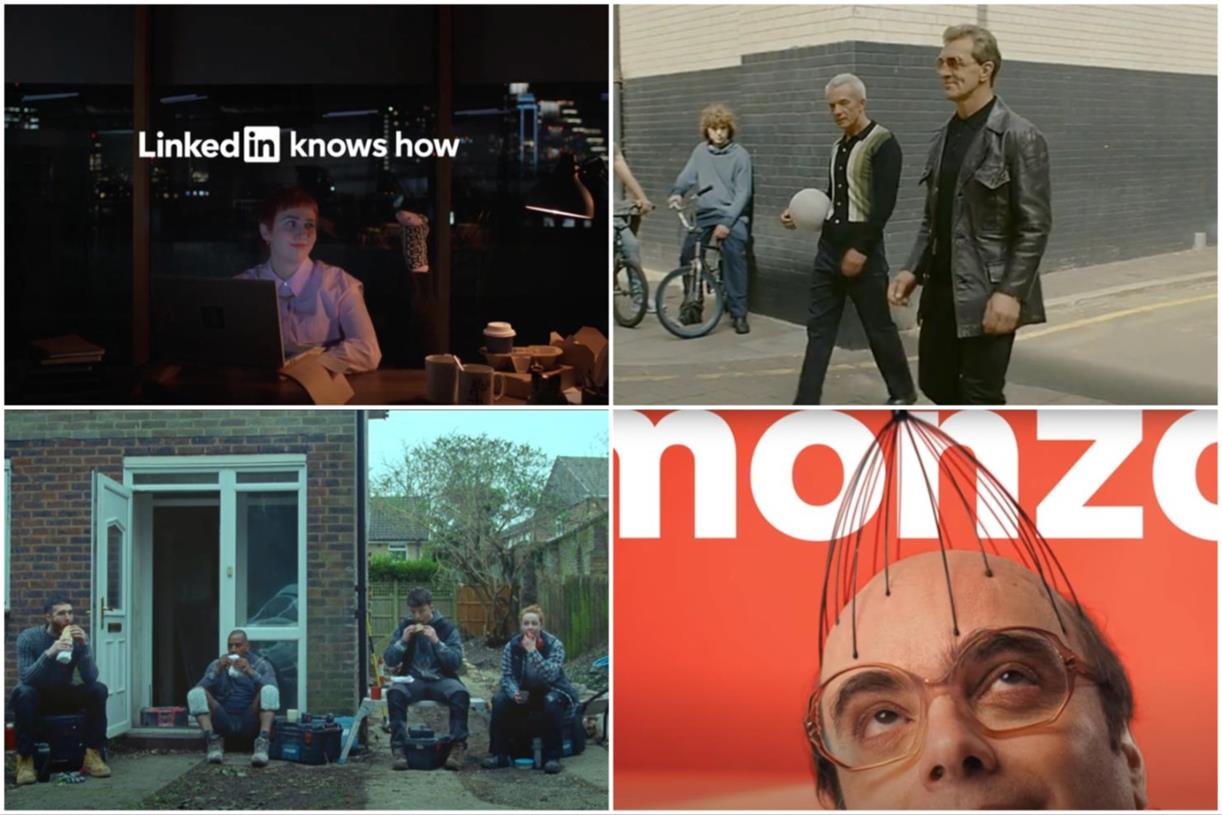
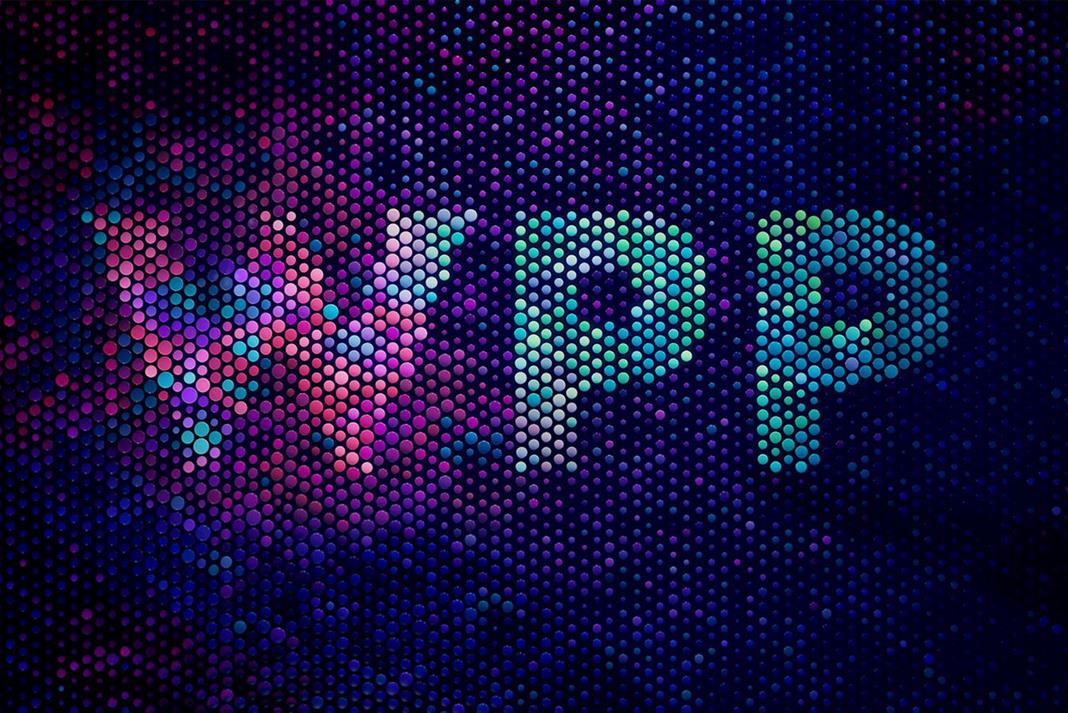

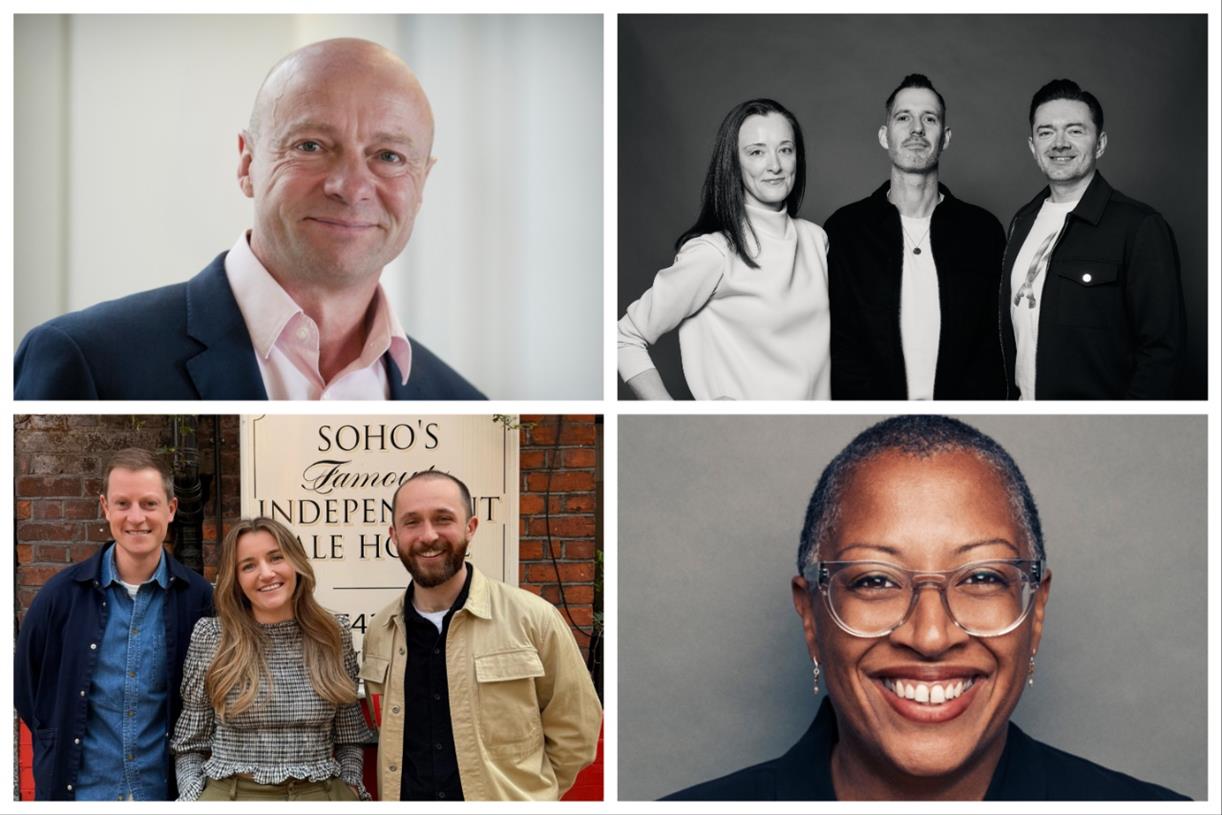





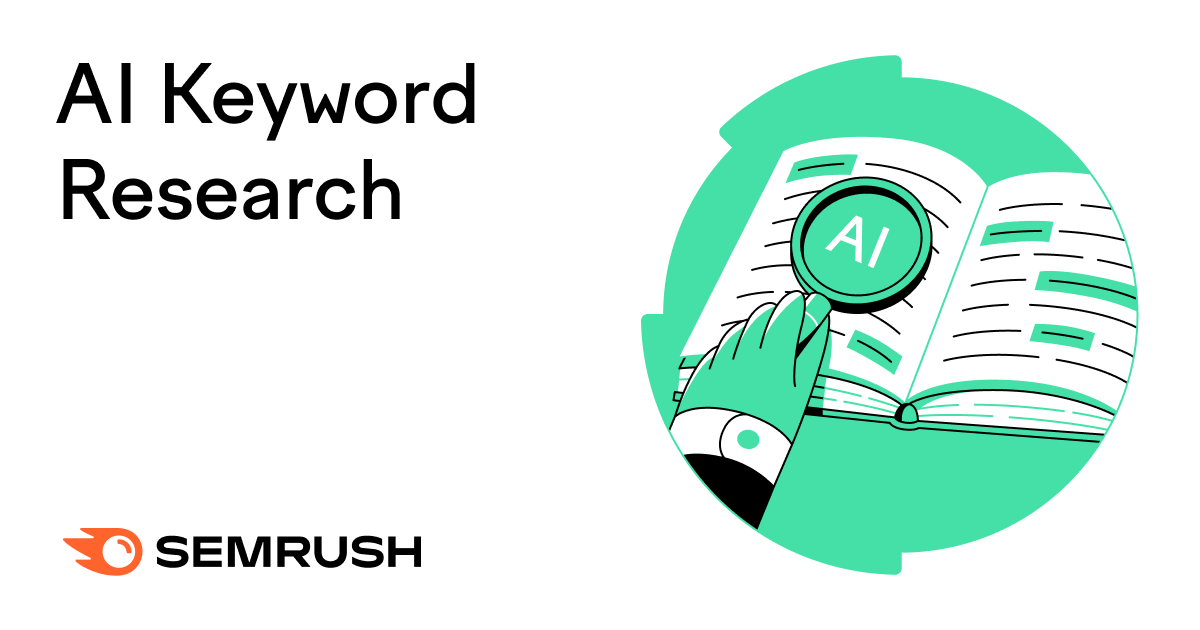

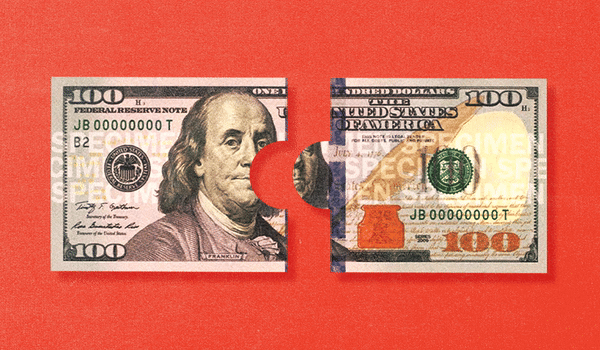
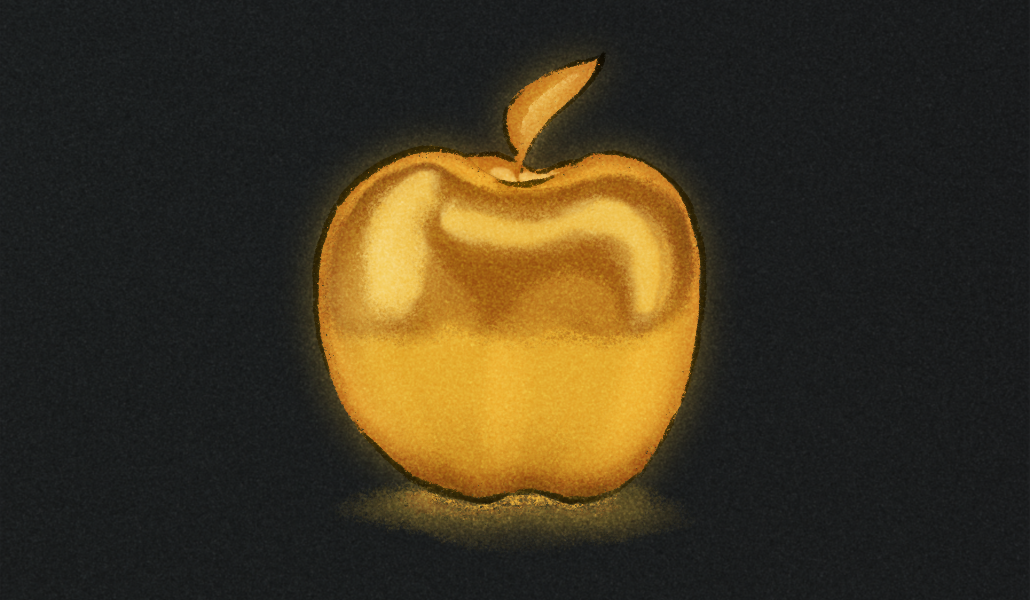




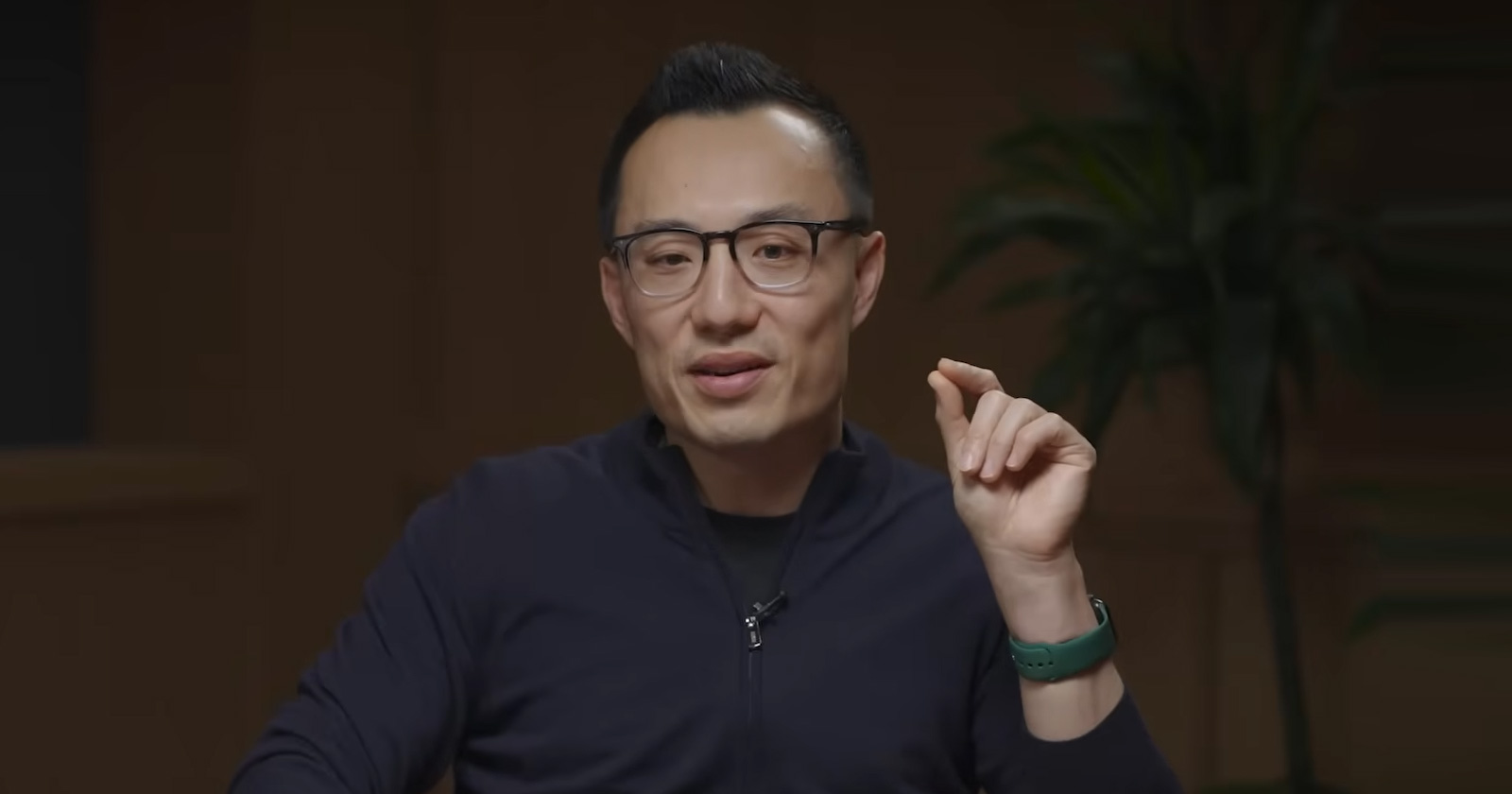

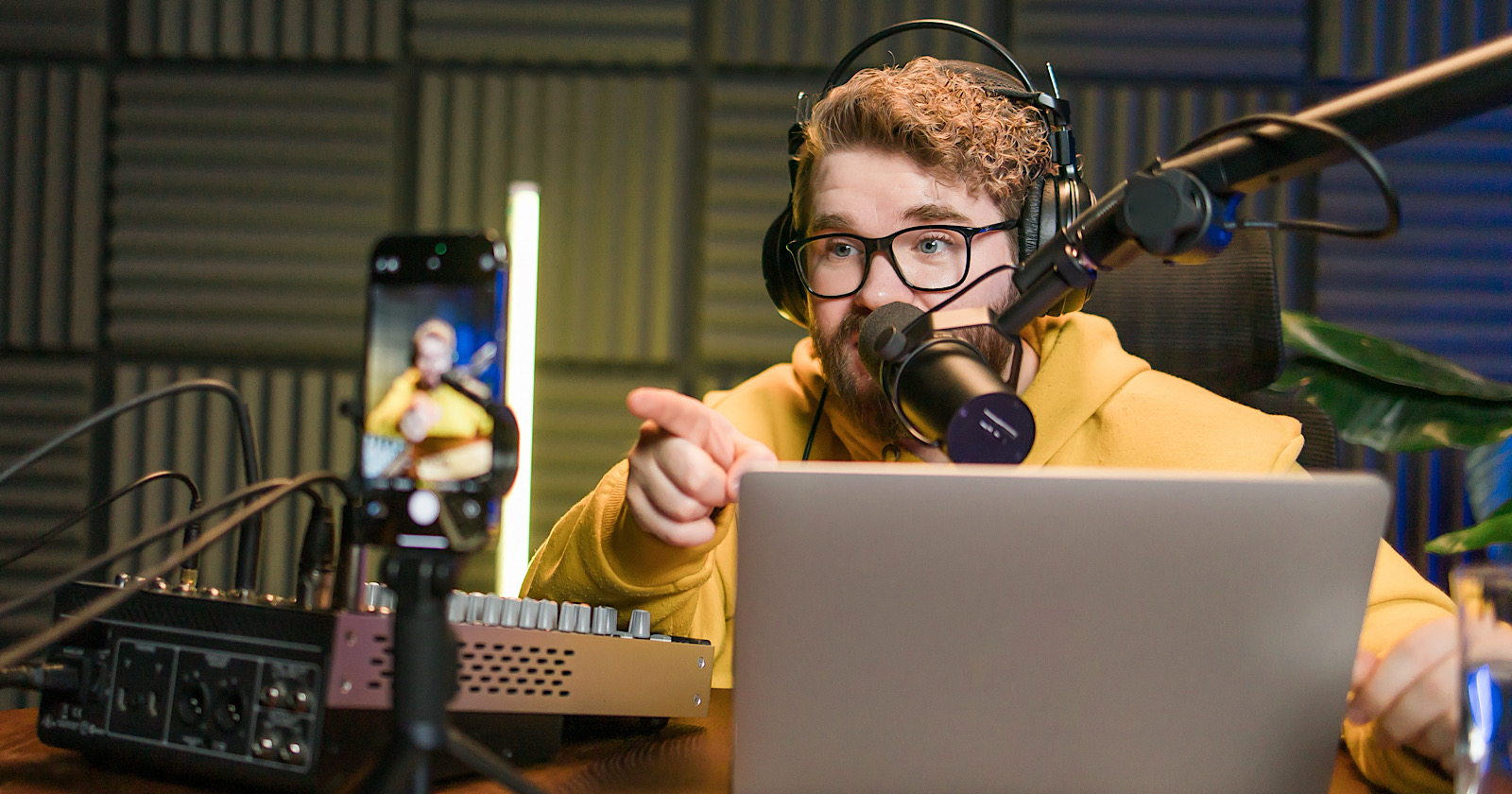



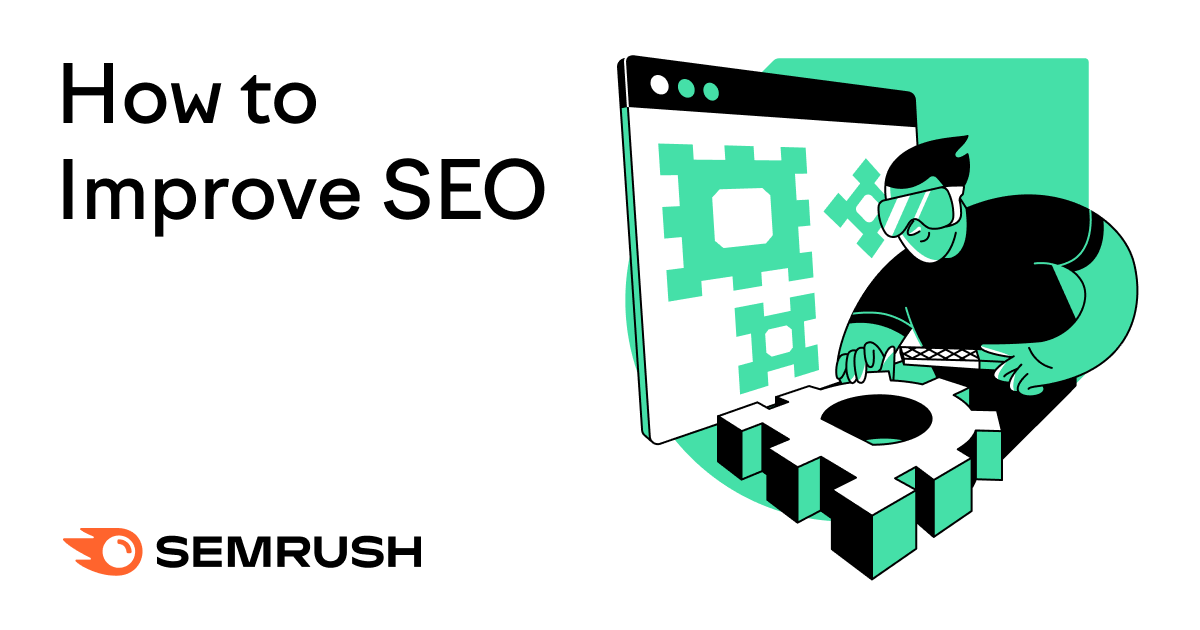

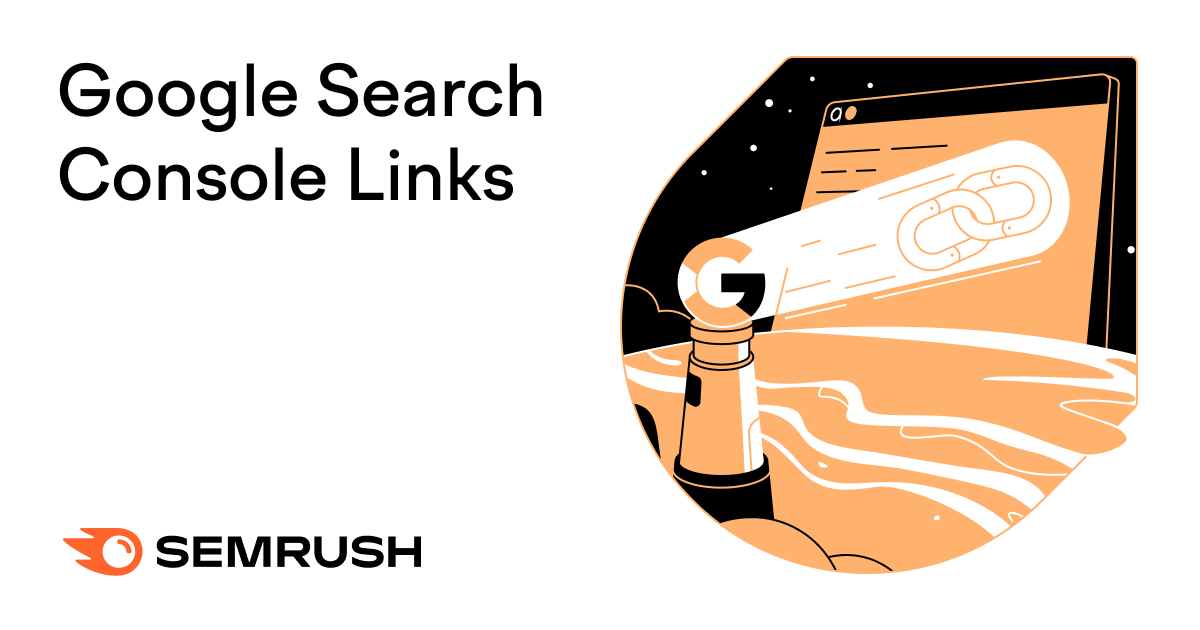
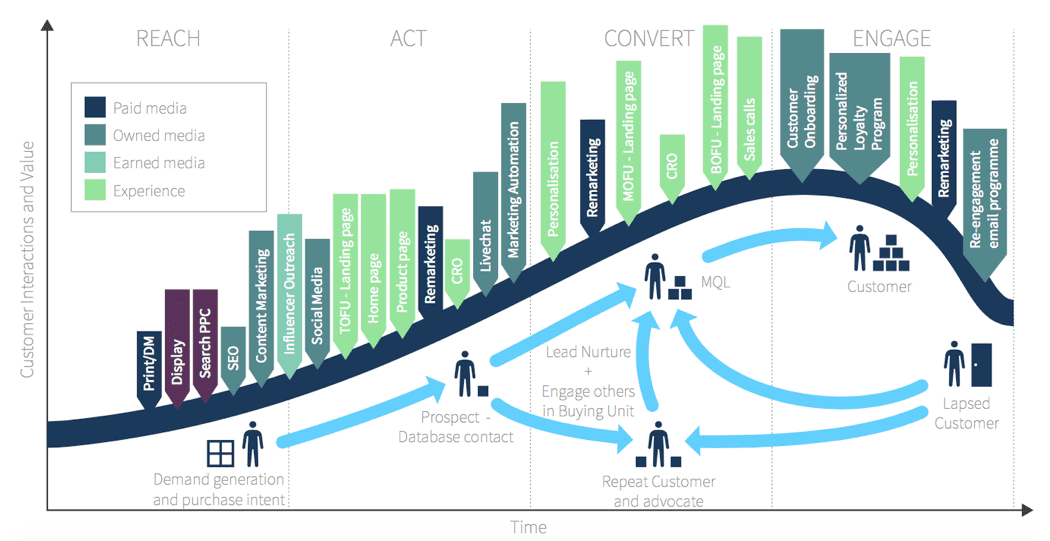
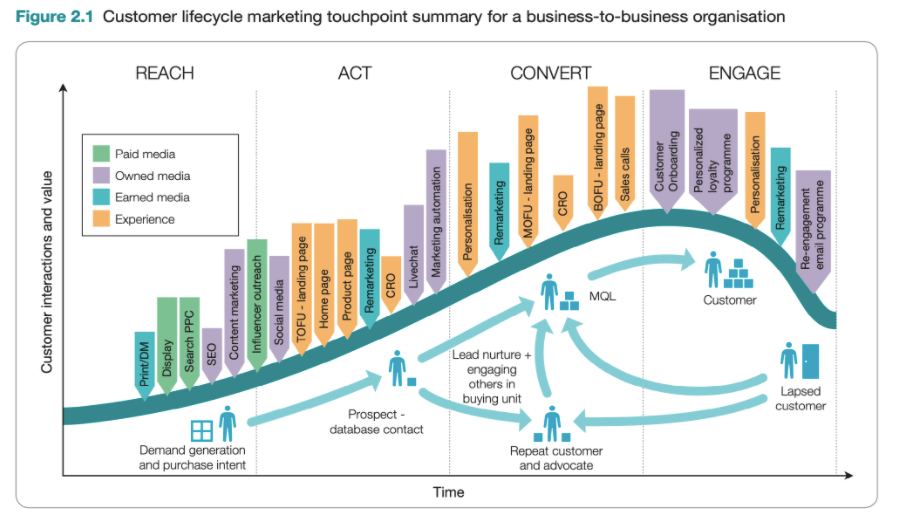
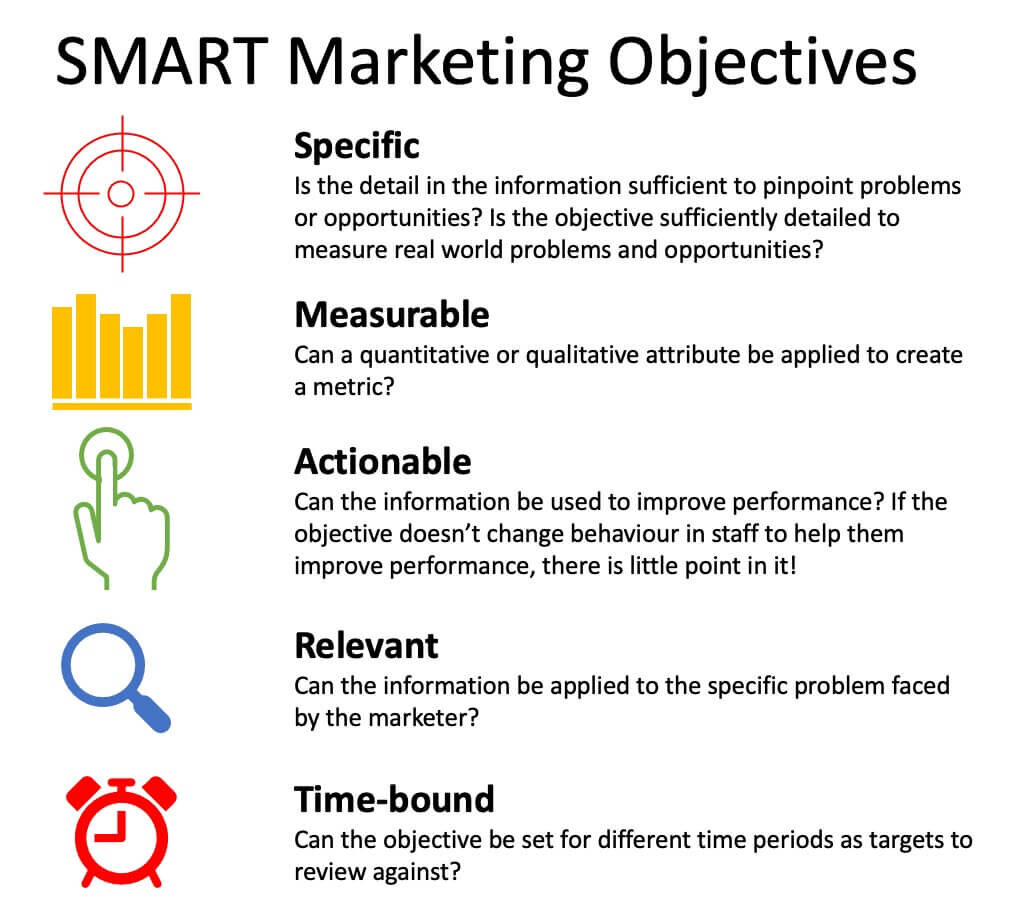

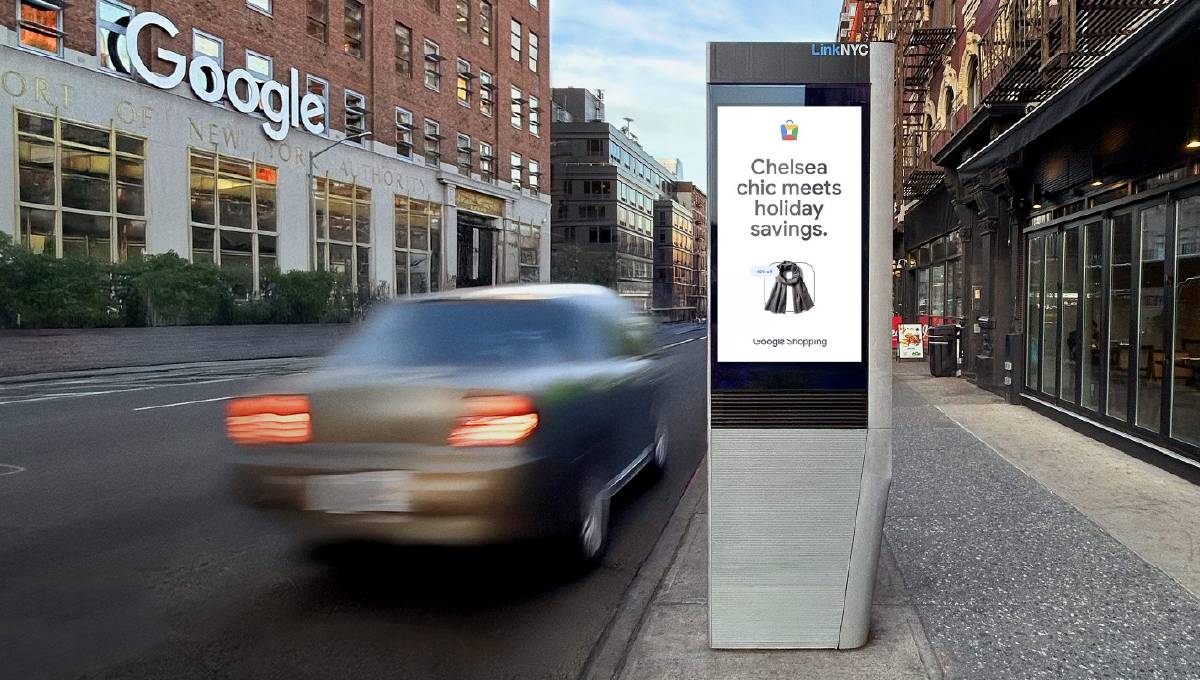

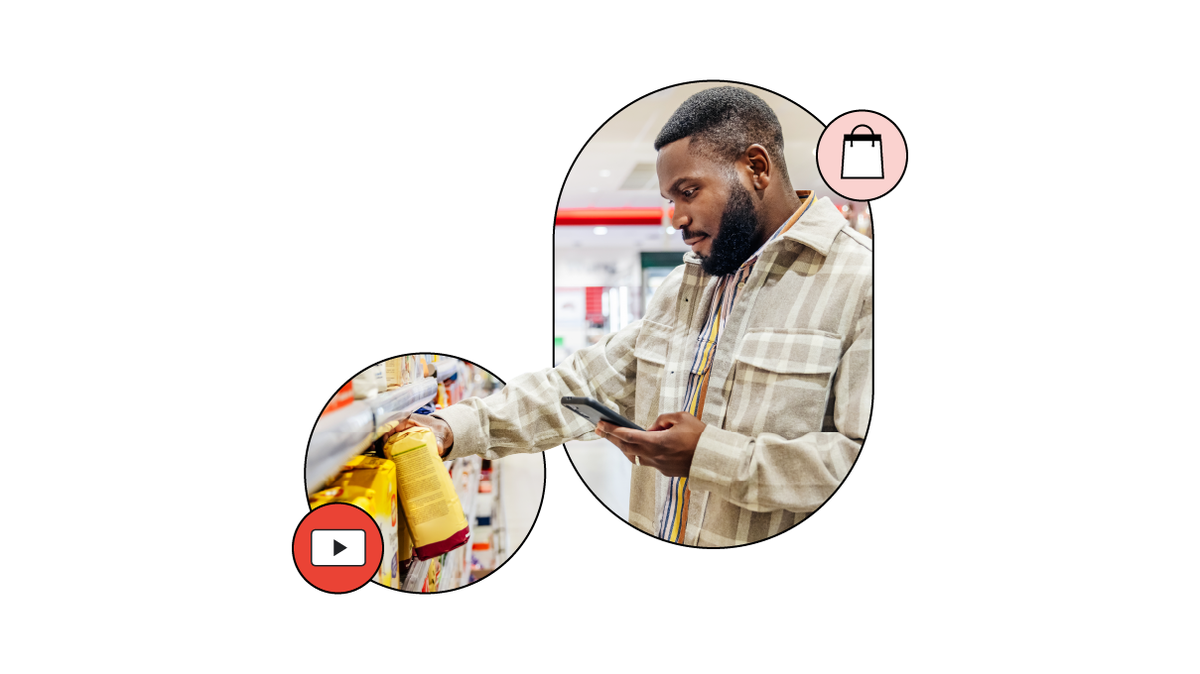


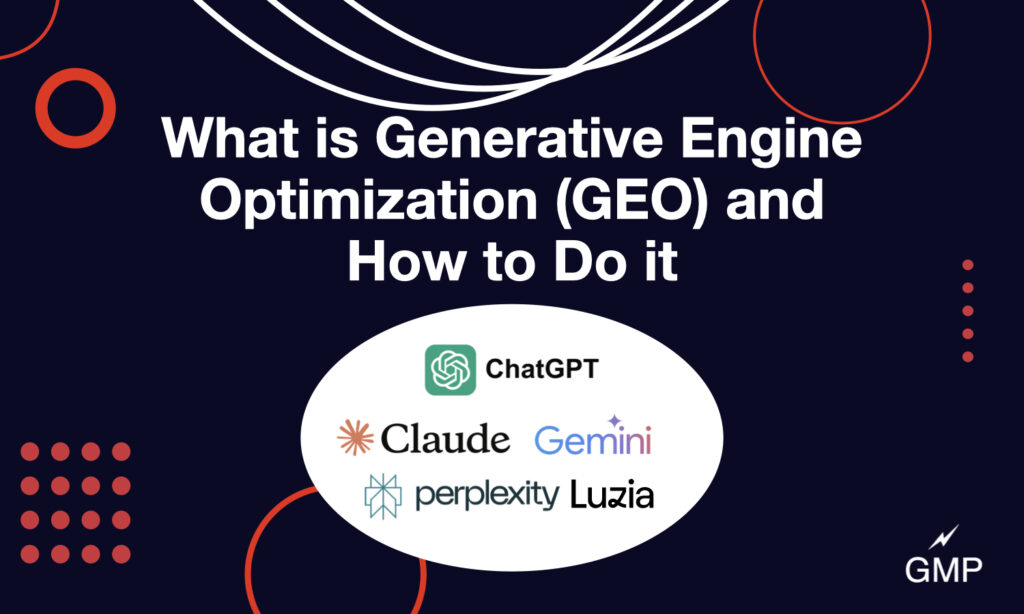


![How Marketers Are Using AI for Writing [Survey]](https://www.growandconvert.com/wp-content/uploads/2025/03/ai-for-writing-1024x682.jpg)




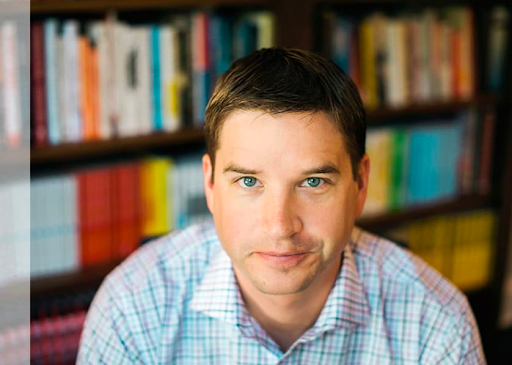
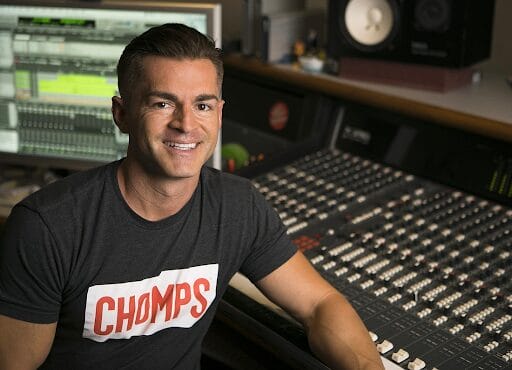


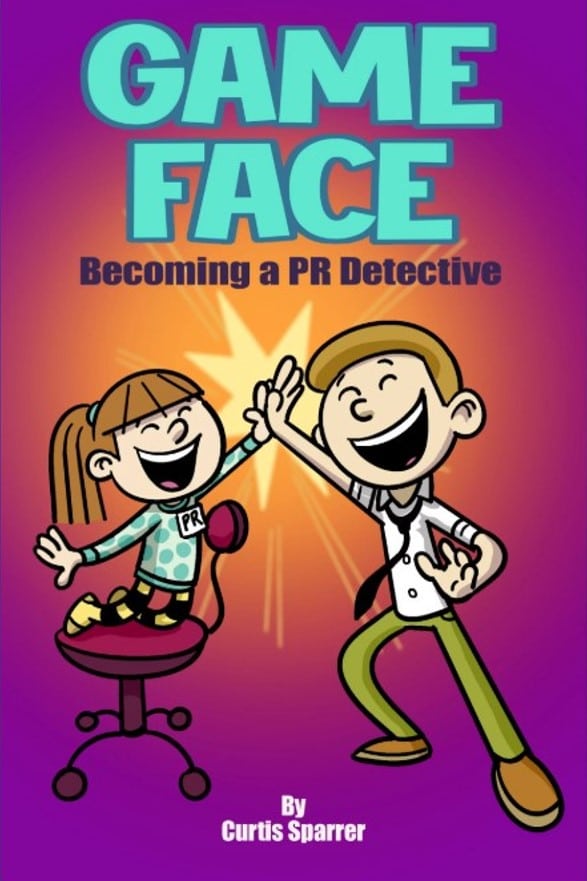








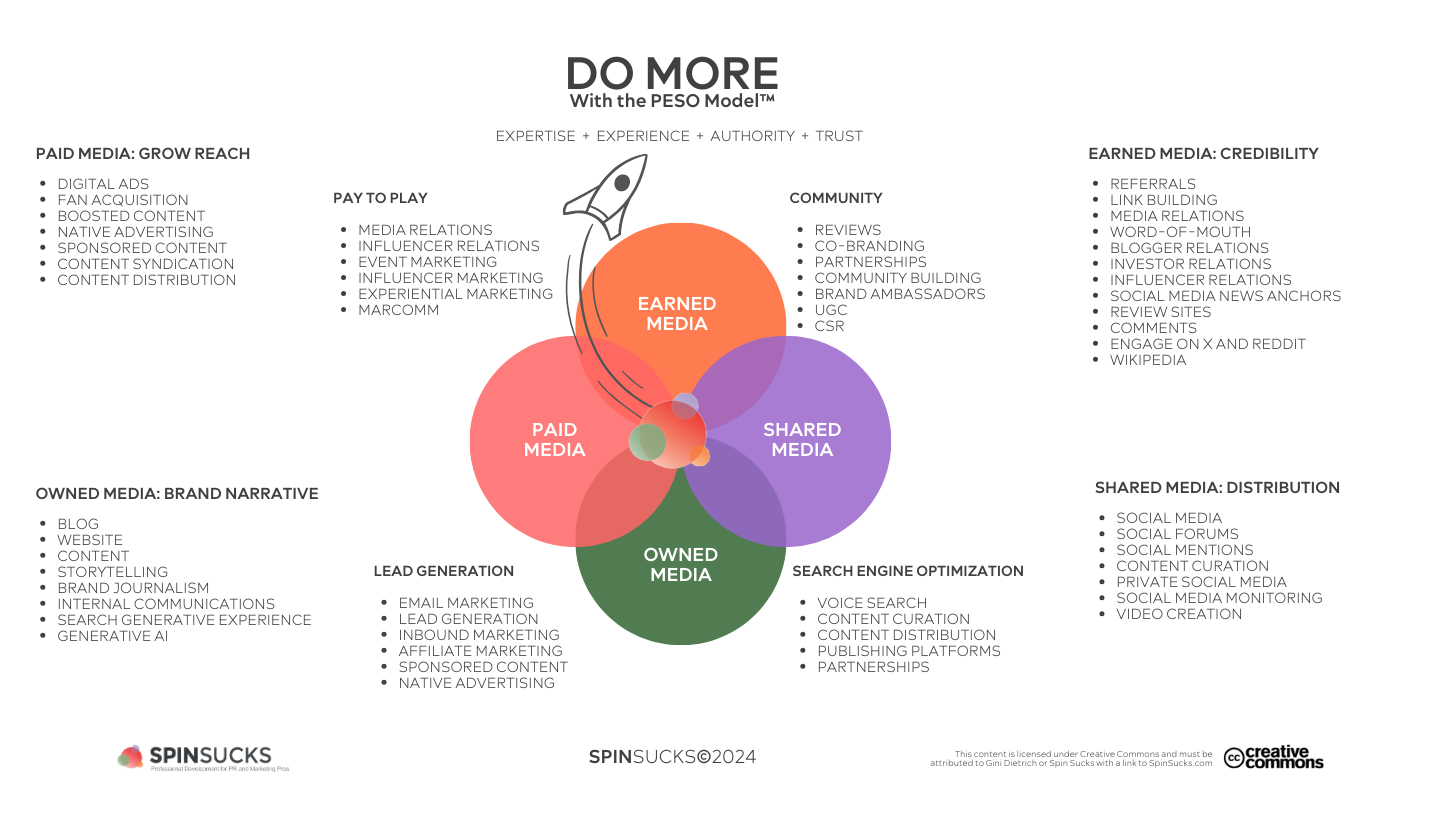




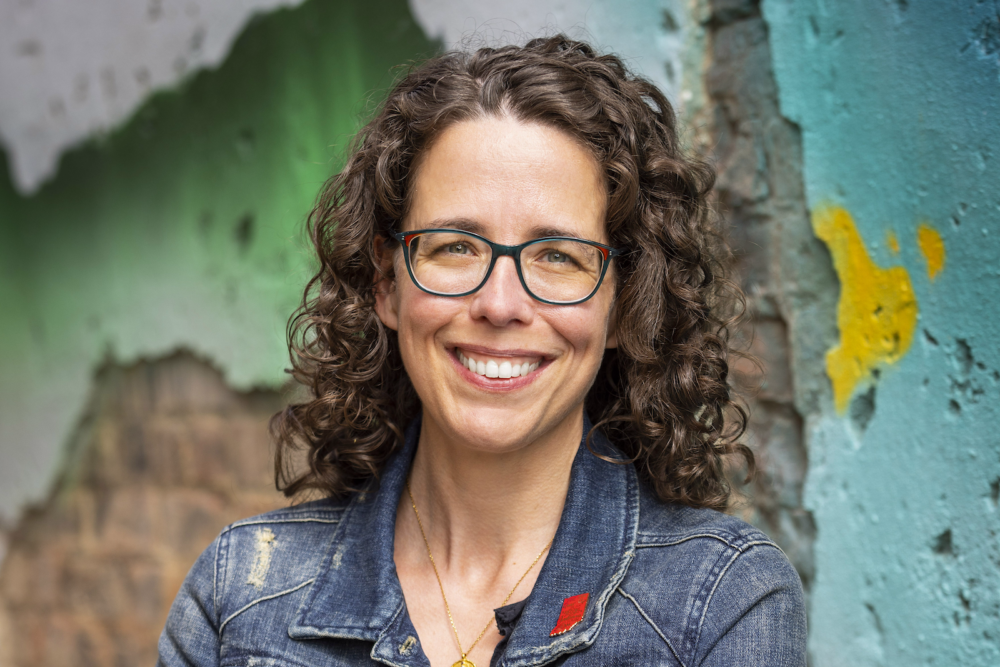








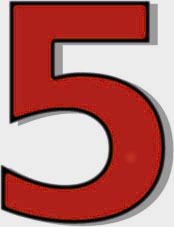




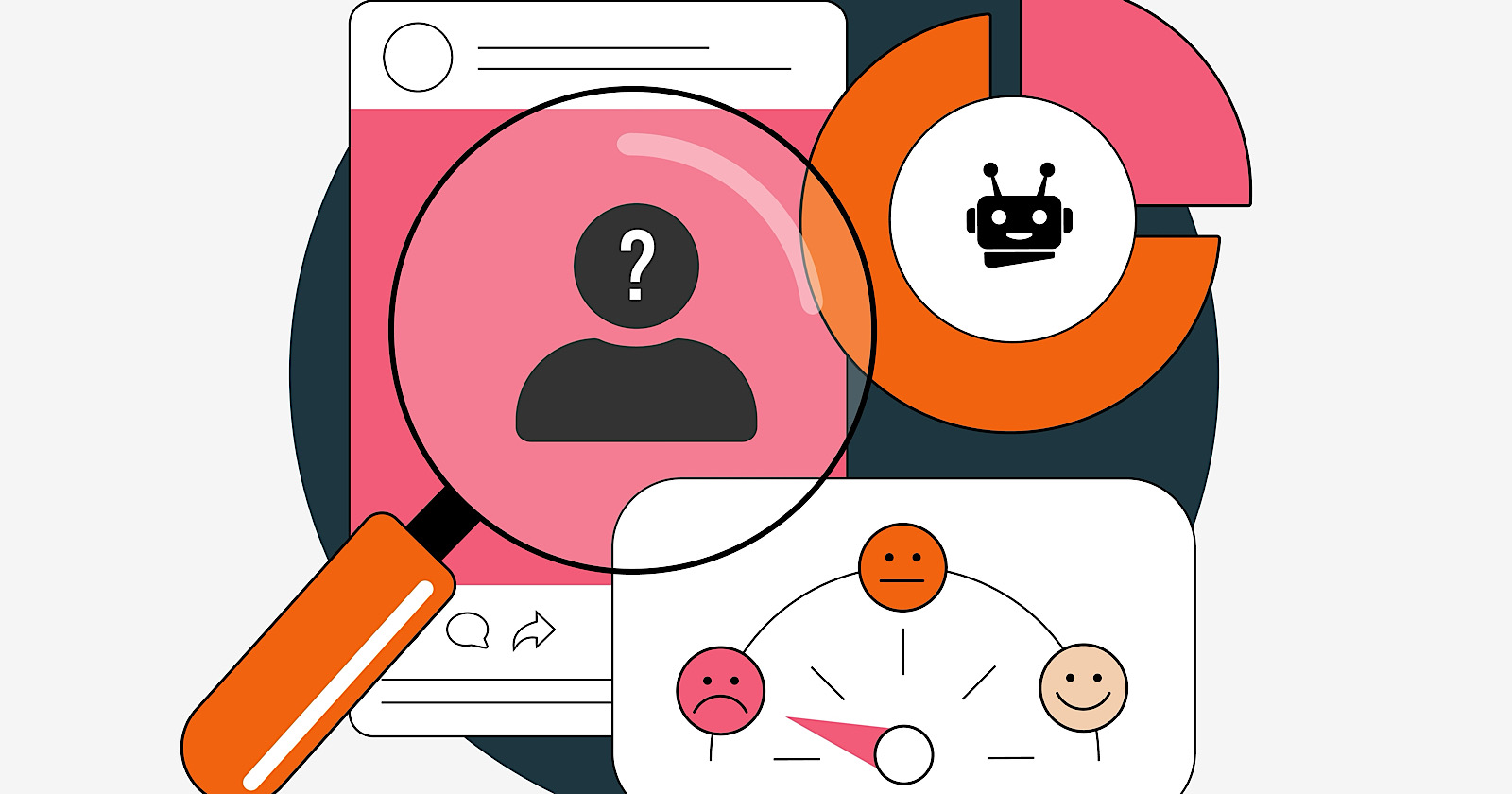

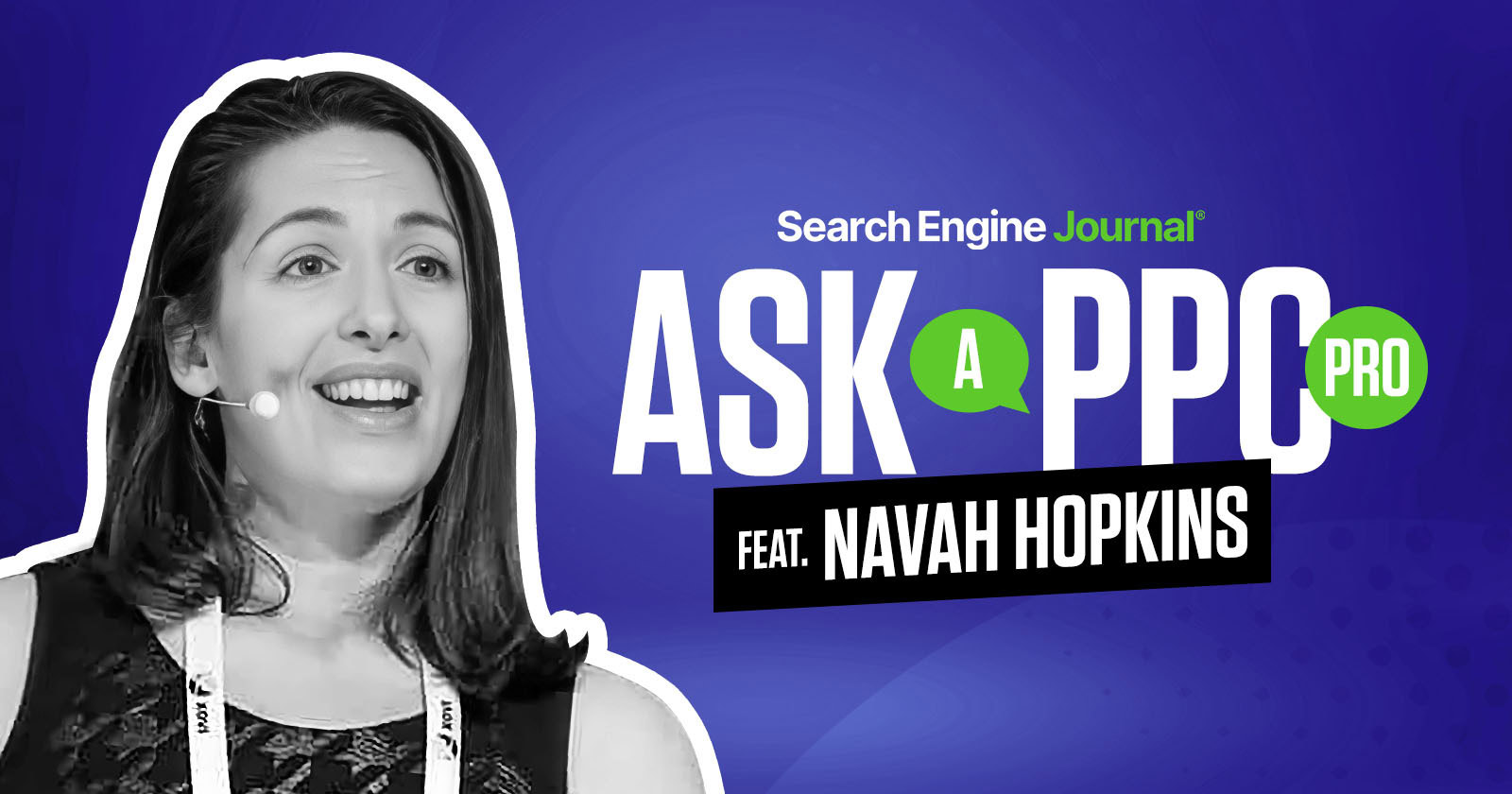
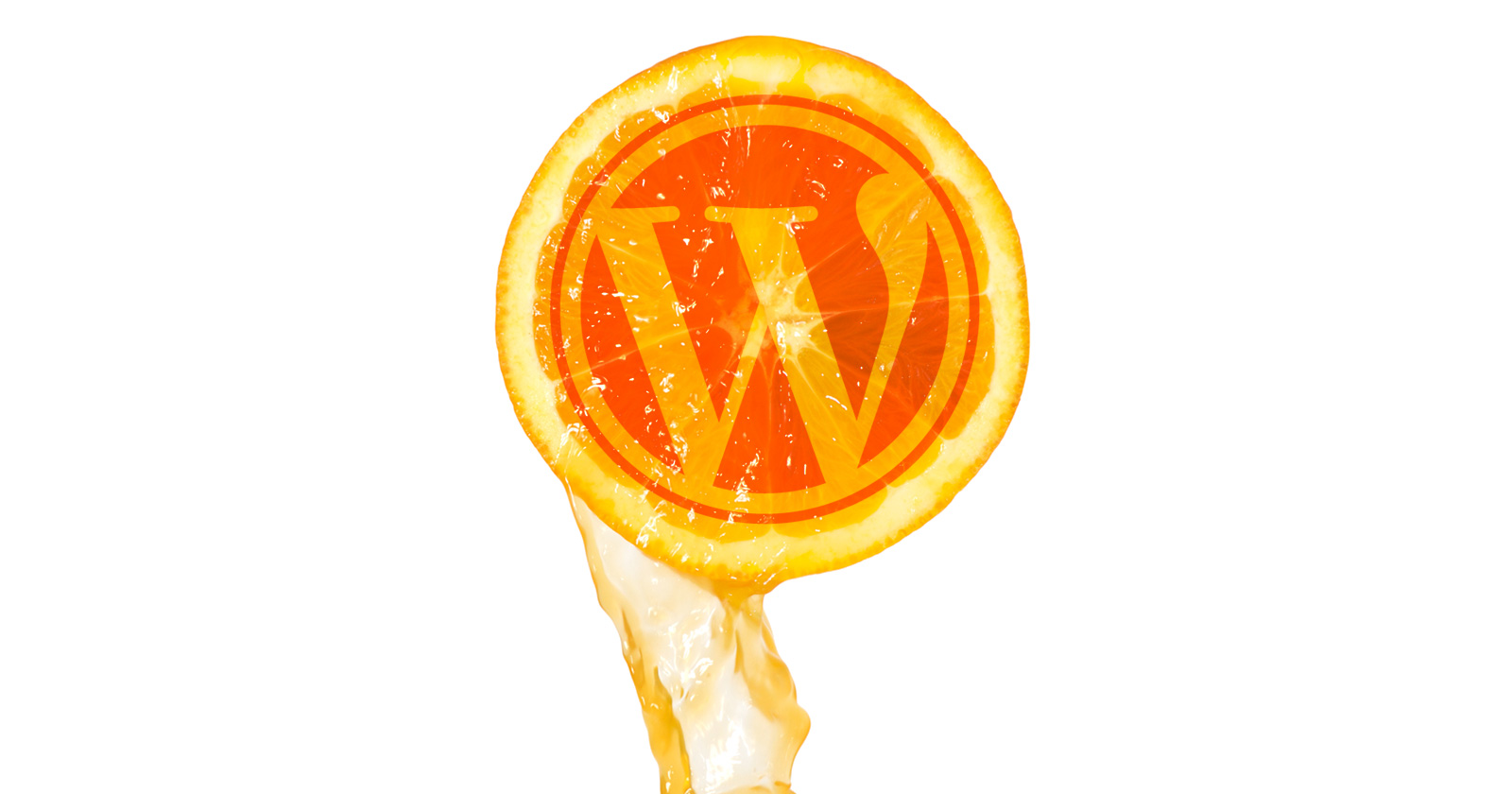

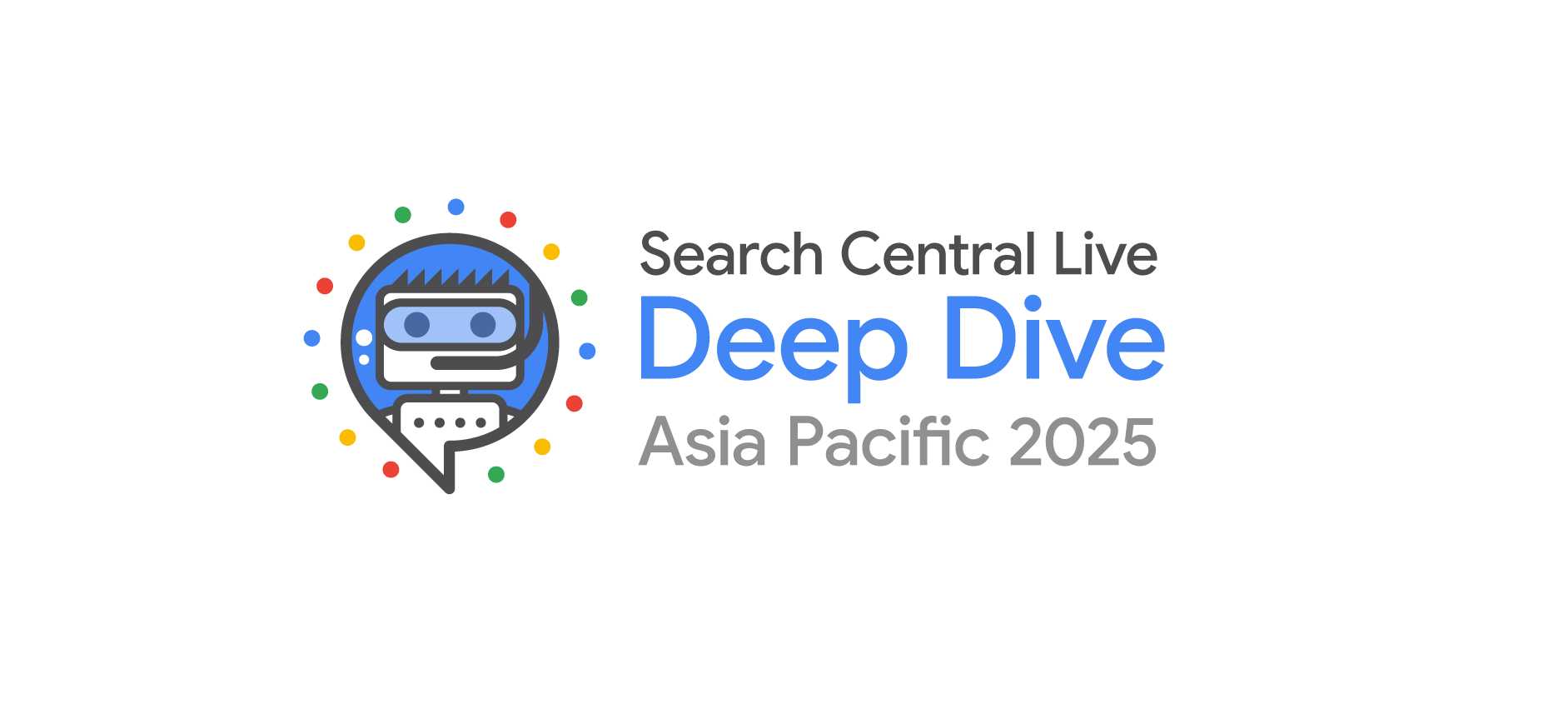





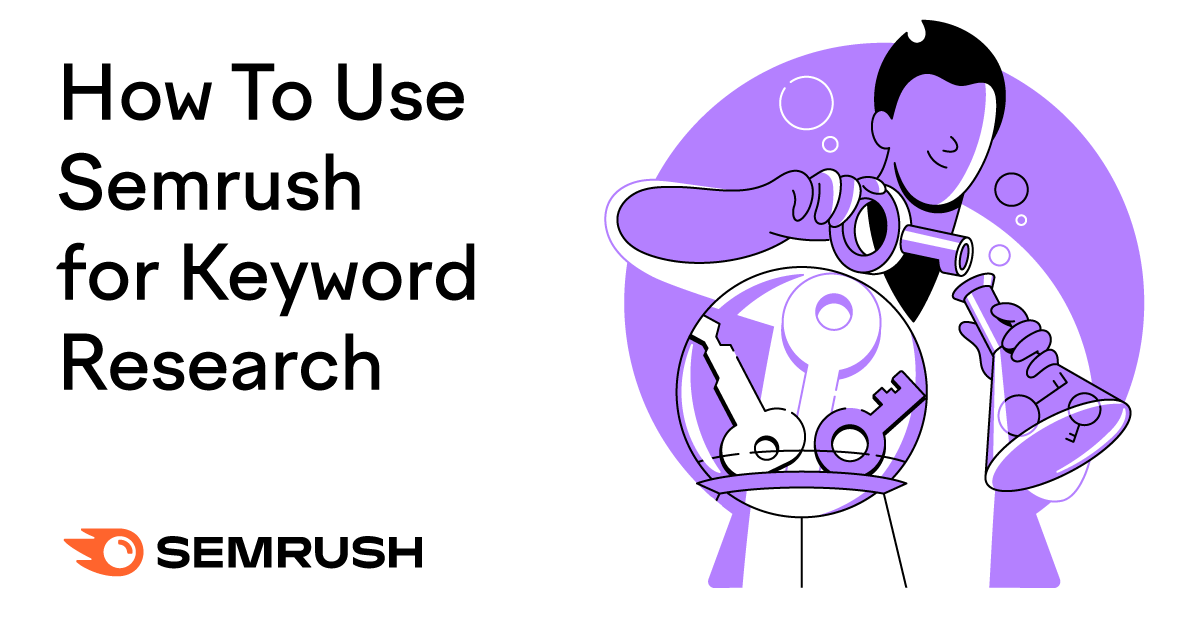

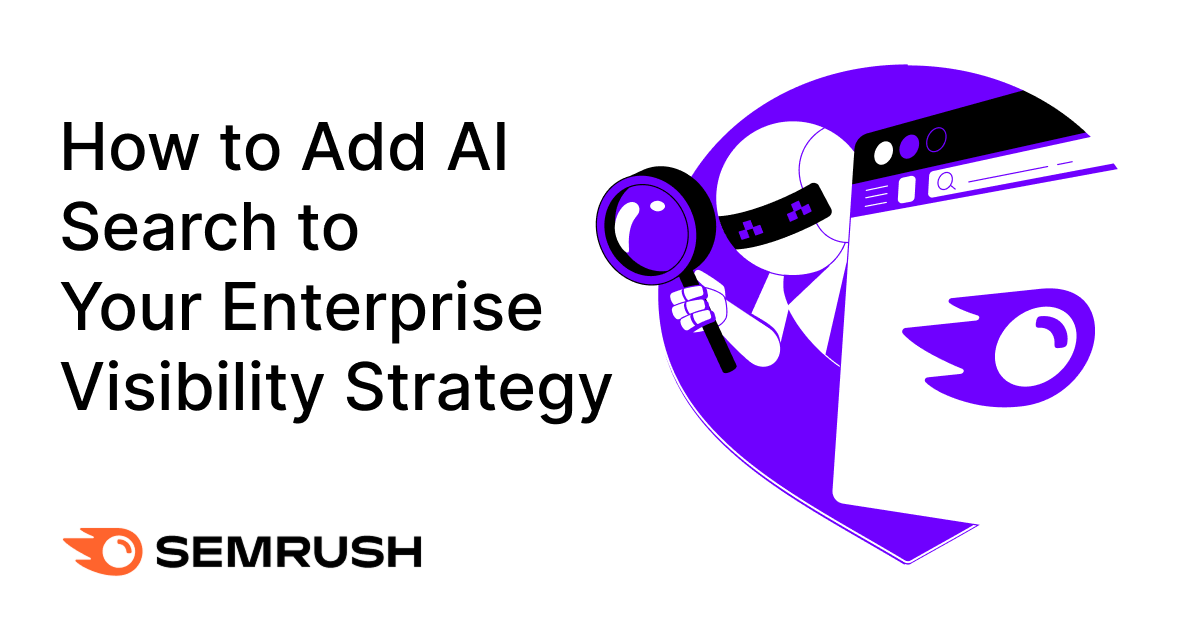

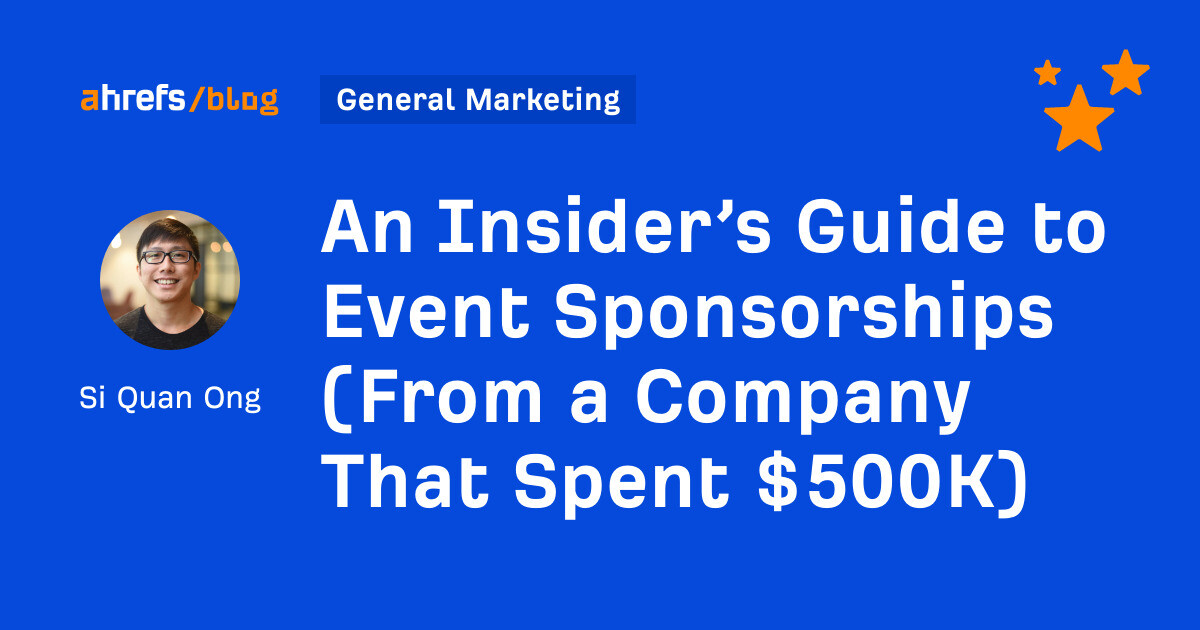

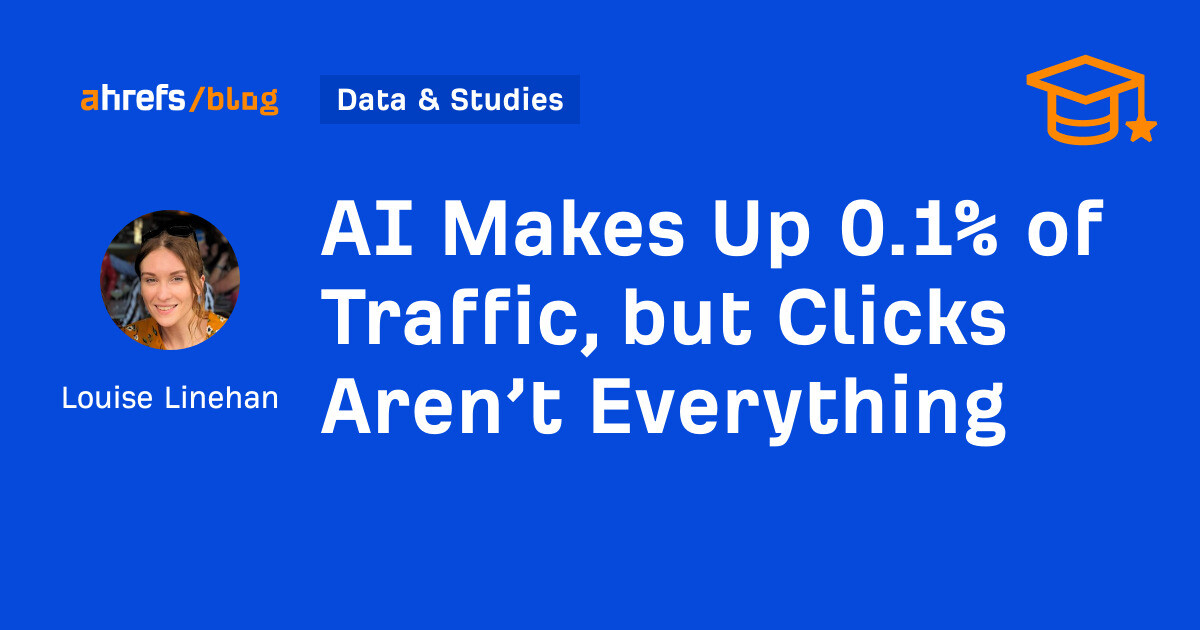
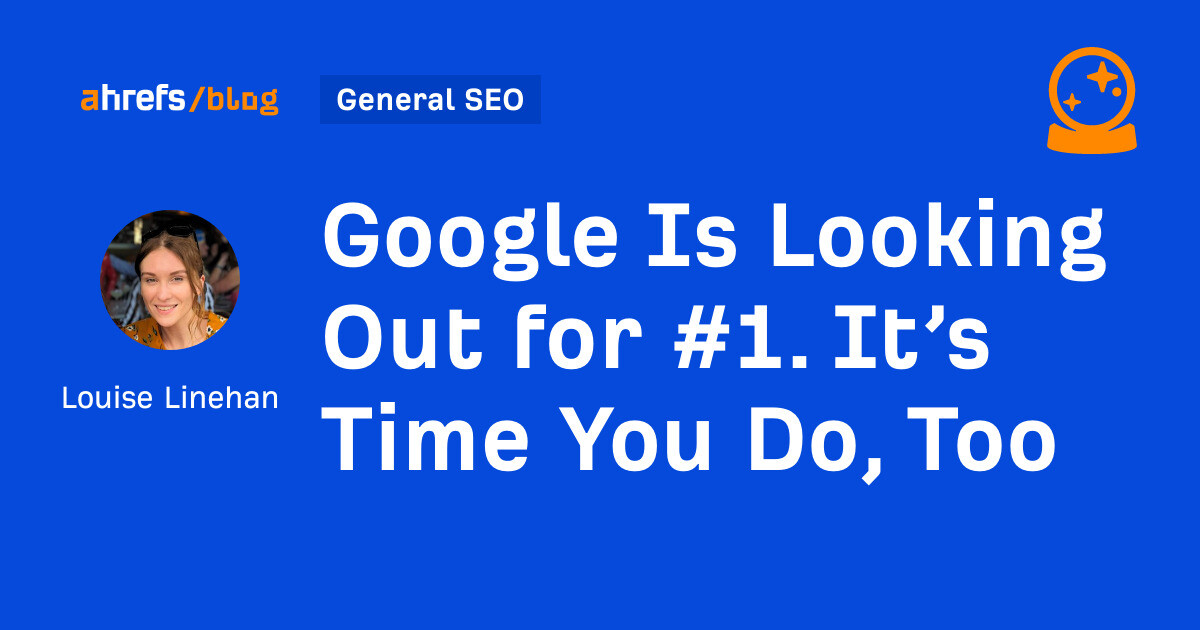

















![How to Do Market Research & Better Understand Your Target Customers [Template]](https://www.hubspot.com/hubfs/market-research-buyers-journey_5.webp)







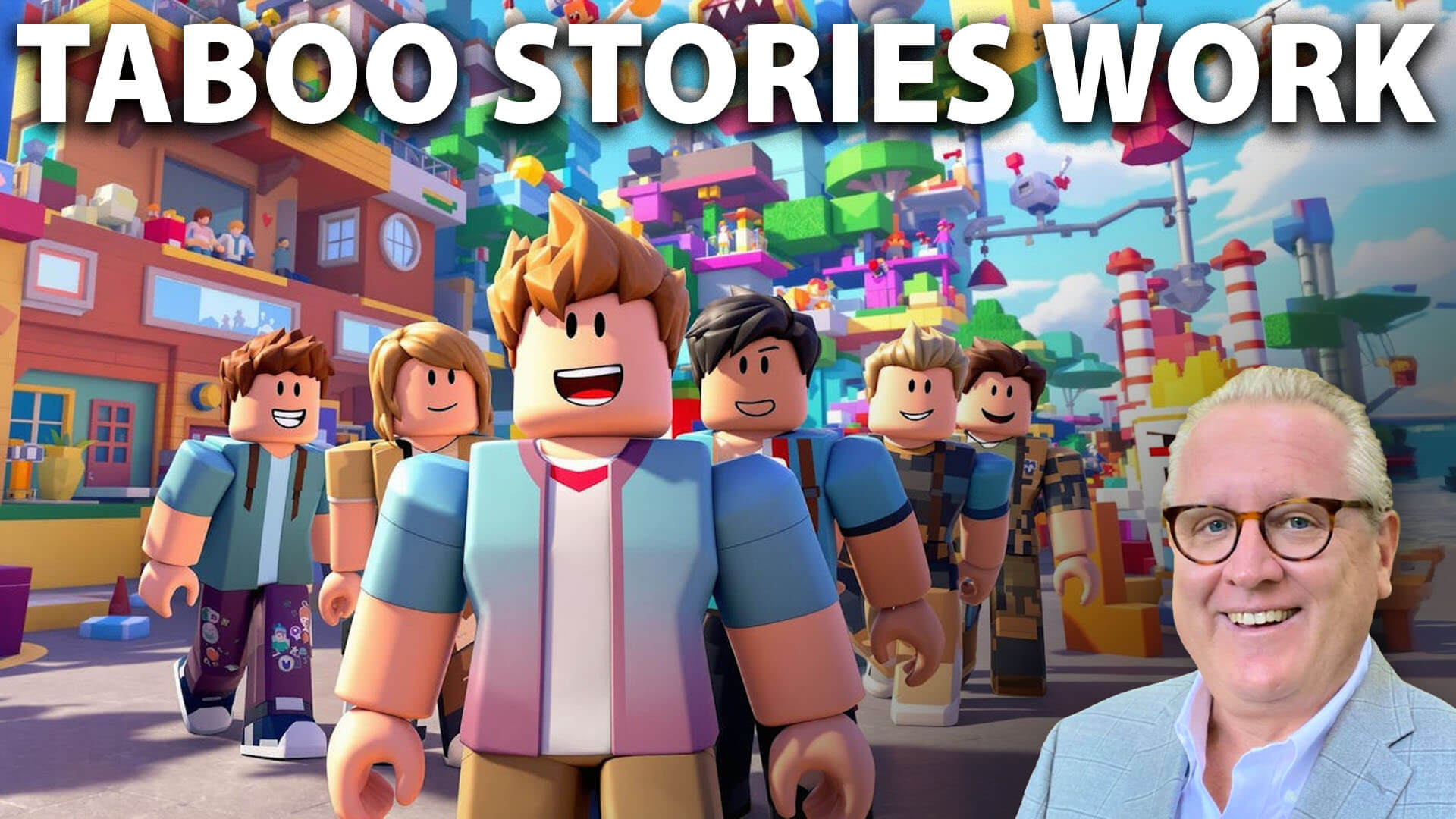





![Meta Outlines Open Source Contributions In 2024 [Infographic]](https://imgproxy.divecdn.com/YOYEhTrhLX1rsEjXqZJNhFf8sC0vMoNHeK_qbzpVVKY/g:ce/rs:fit:770:435/Z3M6Ly9kaXZlc2l0ZS1zdG9yYWdlL2RpdmVpbWFnZS9tZXRhX29wZW5fc291cmNlX2luZm8yLnBuZw==.webp)


